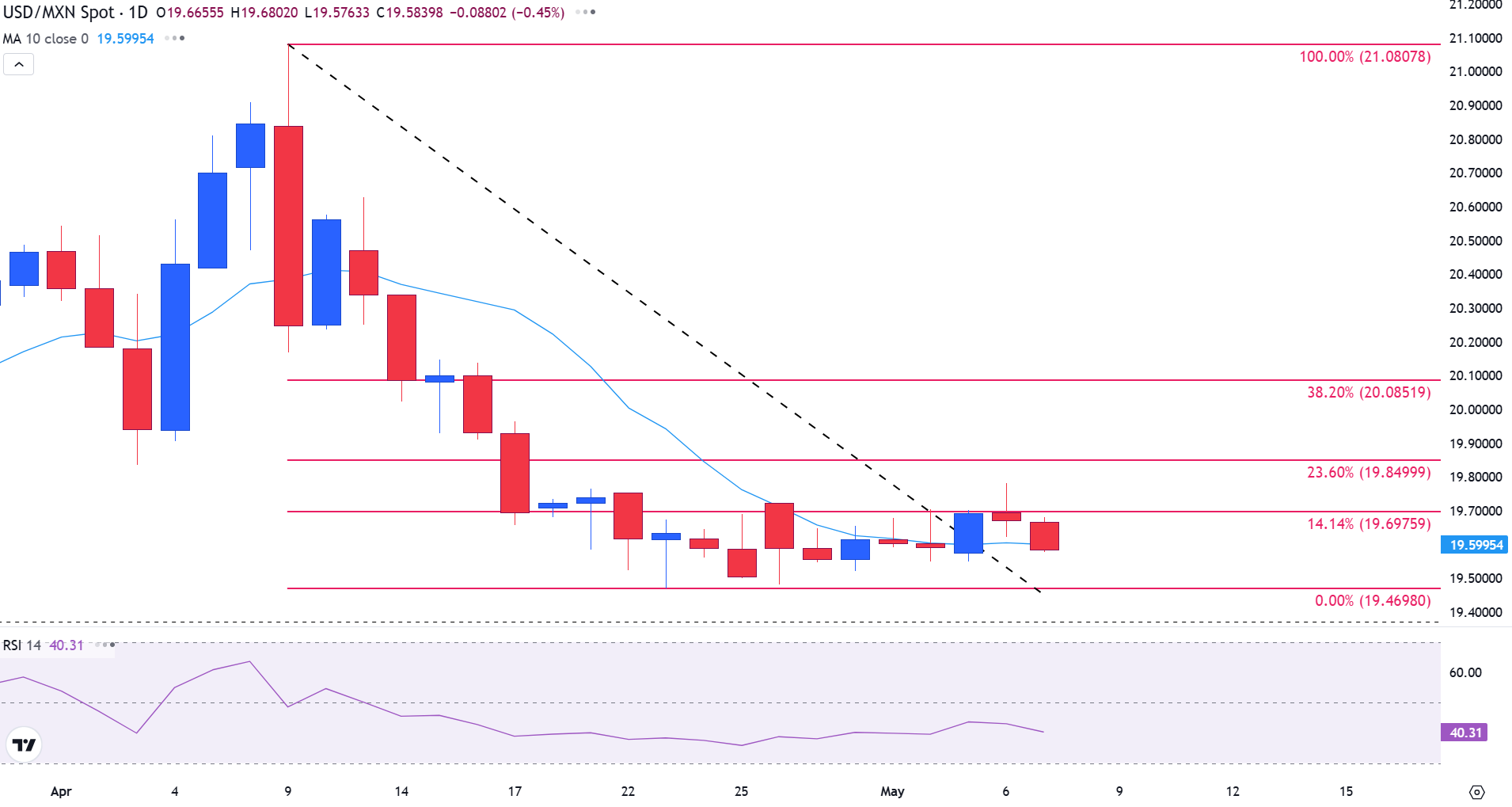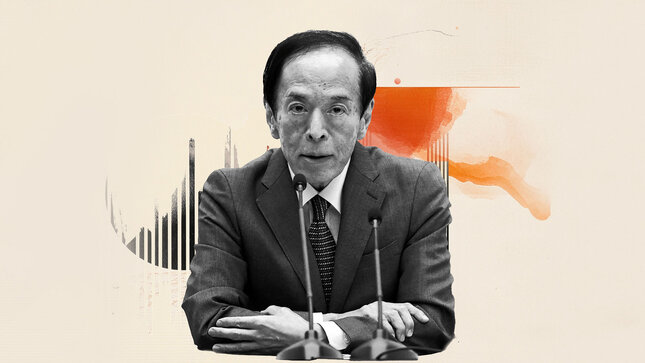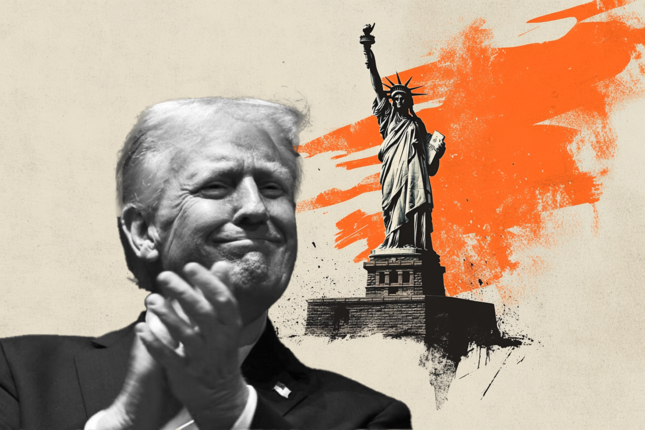Mexican Peso falls as Fed Chair Powell’s comments come into focus
- The Mexican Peso trades lower, buoyed by US-China trade talks
- Fed Chair Jerome Powell’s comments remain in the spotlight as traders monitor central bank divergence
- USD/MXN edges below prior psychological support, now resistance at 19.600
The Mexican Peso (MXN) is strengthening against the US Dollar (USD) on Wednesday, benefiting from renewed hopes of de-escalation in global trade tensions after positive developments between the United States and China. Optimism surrounding the upcoming trade dialogue between senior US and Chinese officials, set to take place in Lucerne, Switzerland, over the weekend, has lifted broader Emerging Market (EM) sentiment. For Mexico, a reduction in global trade frictions supports external demand, reduces risk aversion, and eases pressure on capital flows, contributing to recent Peso stability.
With USD/MXN trading near 19.582, down 0.46% at the time of writing, the currency pair remains tightly aligned with shifts in risk sentiment and monetary policy expectations. While global trade talks and tariff uncertainty continue to influence investor positioning, attention is now focused on the Federal Reserve’s (Fed) interest rate decision, due on Wednesday.
Mexican Peso looks to Powell’s guidance for next policy cue
The Federal Open Market Committee (FOMC) statement, followed by Fed Chair Jerome Powell’s press conference, will be key in shaping the short-term outlook for the US Dollar and, by extension, the Mexican Peso.
Although the CME FedWatch Tool currently indicates a 95.6% probability that the Fed will leave interest rates unchanged within the current 4.25%-4.50% range, Powell’s comments on inflation, growth, and credit conditions will be closely parsed. These remarks carry market-moving potential, particularly if they alter expectations around the anticipated rate cut in July.
Shifts in US Treasury yields and the Dollar’s trajectory will likely spill over into EM currencies like the Peso, which are sensitive to global liquidity and interest rate differentials.
Mexican Peso monitors US-Mexico diplomatic strain
Meanwhile, tensions between Mexico and the United States remain a critical background risk. On Saturday, Mexican President Claudia Sheinbaum publicly rejected a proposal by US President Donald Trump to send American troops into Mexico to combat drug cartels. “We respect bilateral cooperation, but we will not accept troops on our soil,” Sheinbaum said during a speech in Texcoco. Trump later confirmed the offer in comments to reporters aboard Air Force One on Sunday, stating: “We’ve made the offer. The cartels are a threat to both nations. If they want help, we’ll give it.”
On Tuesday, the Mexican Foreign Ministry responded with a formal statement reinforcing Mexico’s sovereign position: “Mexico complies with international agreements, but sovereignty is non-negotiable.” These developments, alongside existing US tariffs on Mexican exports, continue to weigh on bilateral trust and raise uncertainty for regional trade and investment.
Given that approximately 80% of Mexican exports are bound for the United States, any deterioration in US-Mexico relations, whether through increased tariffs, policy divergence, or diplomatic conflict, poses a clear risk to the Peso. At the same time, positive signals from the broader global trade environment, including US-China trade discussions, may help to offset some of that pressure if sentiment continues to improve.
Mexican Peso daily digest: Waiting for Powell’s words
- US President Donald Trump has openly criticised Fed Chair Jerome Powell over high interest rates, claiming the central bank is “hurting American competitiveness.” While the Fed maintains its independence, political rhetoric adds pressure during a sensitive policy phase.
- Security and trade agreements between the US and Mexico have come under renewed pressure following recent remarks by both governments. Disagreement over sovereignty and troop deployments risks complicating broader bilateral coordination, including migration and commerce.
- On Monday, the Mexican government unveiled a fiscal support package aimed at small businesses and infrastructure development in response to slowing growth. The initiative is intended to support domestic demand without undermining fiscal stability.
- The Bank of Mexico is expected to cut its benchmark rate by 50 basis points on May 15, as inflation continues to cool. Gross Domestic Product (GDP) rose by 0.2% in Q1, avoiding a technical recession, but weak investment and external demand continue to weigh on economic momentum.
Mexican Peso technical outlook: Consolidation phase signals indecision
USD/MXN continues to trade sideways below a descending trendline, with the pair last seen around 19.58, down 0.47% on the day.
The 10-day Simple Moving Average (SMA), currently at 19.60, is acting as dynamic resistance, keeping the bearish structure intact. A daily close above this level would be the first sign of short-term recovery.
USD/MXN daily chart

Momentum indicators remain subdued. The Relative Strength Index (RSI) flattens near 40, below the 50-neutral line, suggesting a lack of strong directional conviction. The overall structure continues to reflect indecision.
To the upside, any bullish confirmation would need to surpass psychological resistance at 19.80. A break above this area could open the door for the 23.6% Fibonacci retracement, drawn from the April 9 high of 21.08 to the April 23 low of 19.46, at 19.85, and toward 20.07 (38.2% Fibonacci retracement). Still, that outcome would likely require a dovish surprise or shift in tone from Fed Chair Jerome Powell during today’s press conference.
Interest rates FAQs
Interest rates are charged by financial institutions on loans to borrowers and are paid as interest to savers and depositors. They are influenced by base lending rates, which are set by central banks in response to changes in the economy. Central banks normally have a mandate to ensure price stability, which in most cases means targeting a core inflation rate of around 2%. If inflation falls below target the central bank may cut base lending rates, with a view to stimulating lending and boosting the economy. If inflation rises substantially above 2% it normally results in the central bank raising base lending rates in an attempt to lower inflation.
Higher interest rates generally help strengthen a country’s currency as they make it a more attractive place for global investors to park their money.
Higher interest rates overall weigh on the price of Gold because they increase the opportunity cost of holding Gold instead of investing in an interest-bearing asset or placing cash in the bank. If interest rates are high that usually pushes up the price of the US Dollar (USD), and since Gold is priced in Dollars, this has the effect of lowering the price of Gold.
The Fed funds rate is the overnight rate at which US banks lend to each other. It is the oft-quoted headline rate set by the Federal Reserve at its FOMC meetings. It is set as a range, for example 4.75%-5.00%, though the upper limit (in that case 5.00%) is the quoted figure. Market expectations for future Fed funds rate are tracked by the CME FedWatch tool, which shapes how many financial markets behave in anticipation of future Federal Reserve monetary policy decisions.
Forex News
Keep up with the financial markets, know what's happening and what is affecting the markets with our latest market updates. Analyze market movers, trends and build your trading strategies accordingly.


















